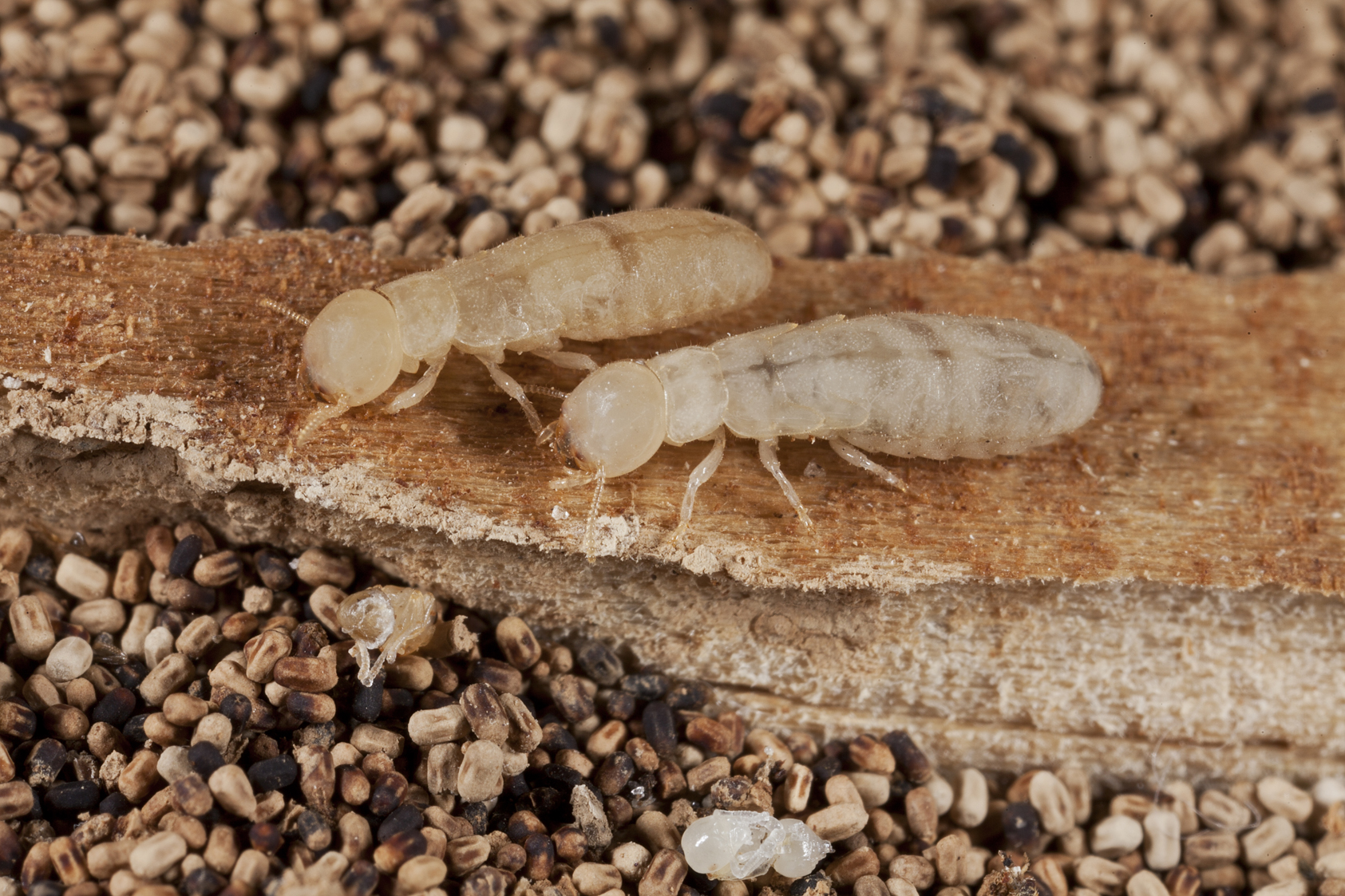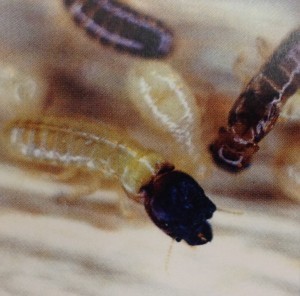by Eric Gibson

You may have heard recently that University of Florida researchers have been conducting extensive research on the hybridization of two invasive termite species: the Formosan Termite and the Asian Termite. While talk of a “super termite” sounds alarming, let’s explore both the possibility of this occurring in nature and the implications that would ensue.
Formosan Termites and Asian Termites are invasive subterranean termites that have recently been invading South Florida. Formosan termites will travel north from Key West to Charleston; South Carolina. Asians have only traveled as far north as Palm Beach County. Since these termites have been discovered in our area, what does that mean for us as homeowners?
Formosan and Asian Termites pose a bigger threat to homeowners than the native subterranean termites that are naturally occurring in our area. There are two reasons for this:
- The sheer size of the Formosan and Asian termite colonies are much greater than that of native subterranean colonies. Whereas the population of a native sub colony can get up to about 500,000 members, an Asian or Formosan colony can contain over a million.
- The rate in which Formosan and Asians termites can destroy a home is much greater than that of a native sub. Worldwide, Asian and Formosan termites cause about $32 billion in damage annually.
With the big difference in colony size and rate of destruction, the way a pest control company would properly treat for these species would differ in the way that they would treat for the native subterranean colonies. Treating for the invasive sub species is much more involved.
Trenching is an effective measure when treating for native subs. But to properly treat for the invasive subs, a pest control company would need to get product underneath the foundation of the home. This can be difficult, especially if the home is built on a floating slab.

In this particular case, the pest control technician would need to drill into the footer of the home and inject product underneath the slab. The amount of time and effort put forth in treating for Asian and Formosan termites makes this service a lot more expensive for the homeowner. So it is probably in the homeowner’s best interest to invest in a guaranteed preventative treatment to insure that they keep their biggest asset safe from destruction by these invasive species.
If you’re thinking that Formosan or Asian colonies invading your home sounds inconvenient, imagine how difficult it would be to eradicate a hybridized “super colony.” Together, the Asian and Formosan species could indeed form a “Super Termite.” But how likely is this to actually happen in nature? The best answer: it hasn’t happened yet, but it’s still possible. It has happened in a lab at the University of Florida.
There are two reasons why UF researchers believe that the hybridization of these invasive species is a valid threat:
- South Florida is the ONLY location on the continent where Asian and Formosan termite colonies overlap.
- It has recently been discovered that their swarming seasons almost sync up and overlap during a small period of time.
If you’re unsettled by the idea of your home being invaded by the “super termite,” it’s best to call a pest control company and have them conduct an inspection. That way they can discuss the best option for you to get on a termite prevention plan to protect your home against these invasive termites.
http://www.blog.nozzlenolen.com/threats-of-a-south-florida-super-termite-invasion/
